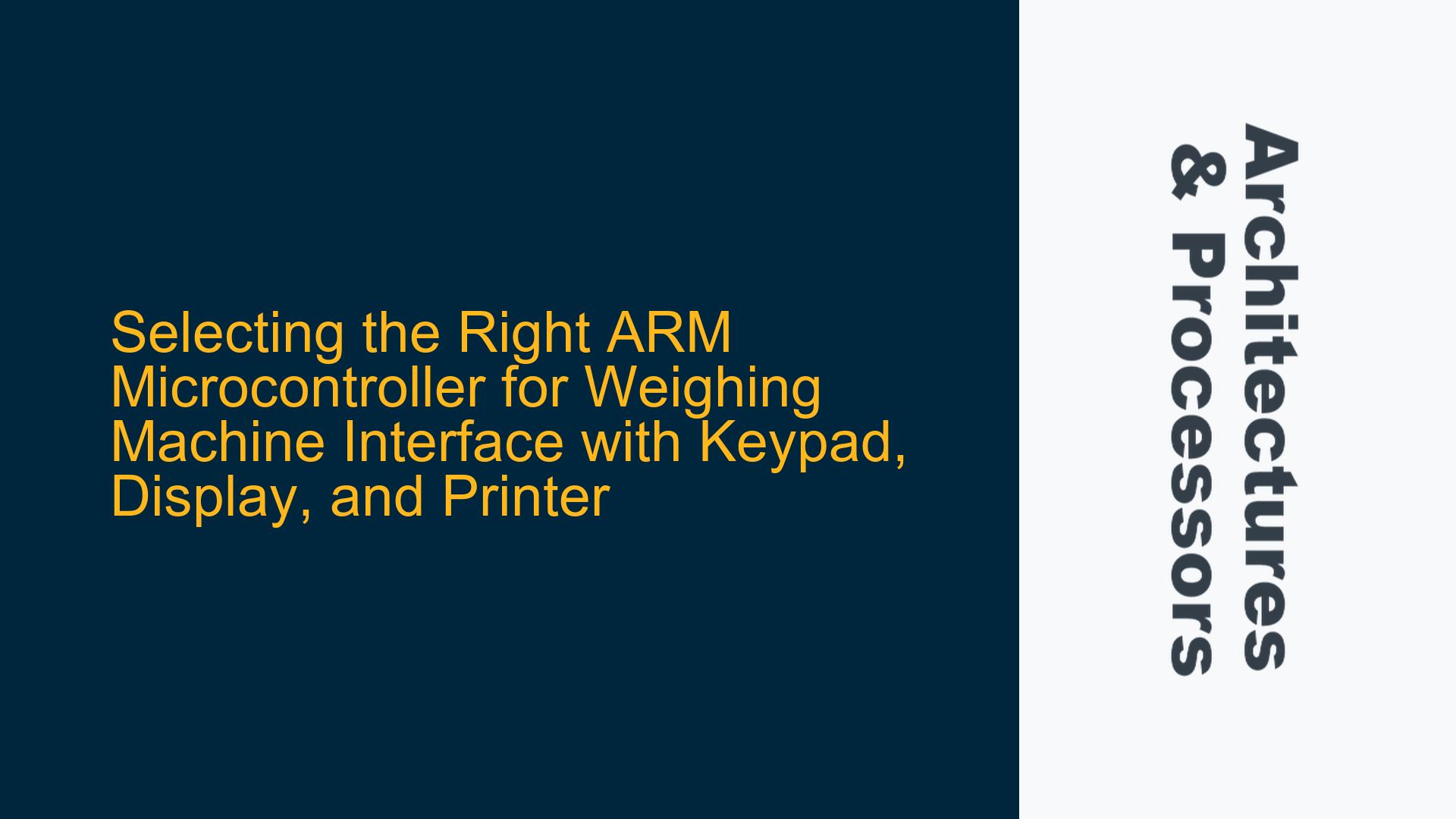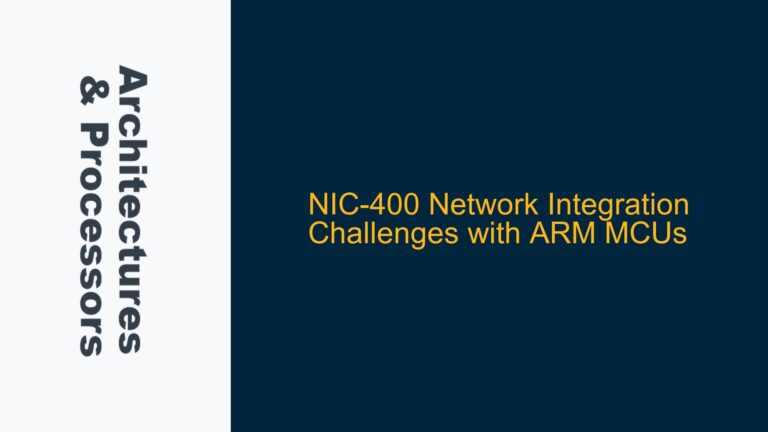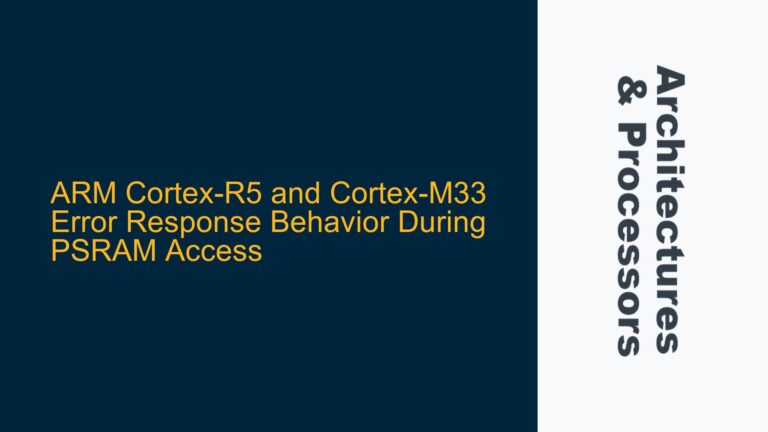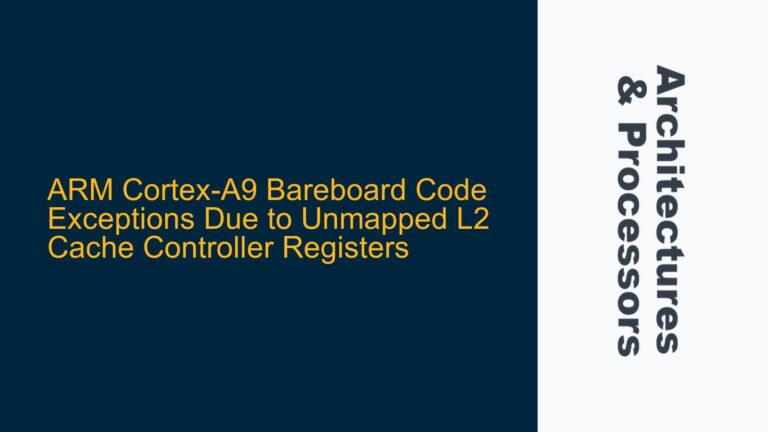Weighing Machine Interface Requirements and ARM Microcontroller Selection
The core issue revolves around selecting an appropriate ARM microcontroller for a specific application involving a weighing machine interface. The application requires interfacing with a pre-configured weighing machine via RS-232, a keypad for rate input, two 4-digit seven-segment LED displays for rate and amount display, and a mini thermal receipt printer also connected via RS-232. The microcontroller must handle weight signal reception, rate input, calculation of the amount (weight multiplied by rate), and display the result on the seven-segment displays while also managing the thermal printer interface.
The primary challenge lies in identifying an ARM microcontroller that can efficiently handle these tasks without over-engineering the solution. The microcontroller must have sufficient GPIO pins for the keypad and seven-segment displays, UART interfaces for RS-232 communication with the weighing machine and printer, and enough computational power to perform the necessary calculations in real-time. Additionally, the development board should be user-friendly, well-documented, and supported by a robust ecosystem to facilitate rapid prototyping and debugging.
Keypad, Display, and Printer Interface Constraints
The keypad interface requires a sufficient number of GPIO pins to detect button presses. A typical keypad matrix might use 4 rows and 4 columns, requiring 8 GPIO pins. The seven-segment displays, depending on their configuration, may require additional GPIO pins for segment control and digit multiplexing. Each digit in a seven-segment display typically requires 7 segments plus a common anode or cathode, leading to a total of 8 pins per digit. For two 4-digit displays, this could amount to 16 pins if multiplexed correctly.
The RS-232 interfaces for the weighing machine and thermal printer each require a UART peripheral. The microcontroller must have at least two UART peripherals or one UART with additional GPIO pins for software-based UART emulation, though this is less ideal due to timing constraints and potential performance bottlenecks. The thermal printer may also require additional control signals, such as a busy signal or paper-out detection, which would need to be managed by the microcontroller.
The computational requirements are relatively modest, involving basic arithmetic operations (multiplication and addition) and simple control logic. However, the microcontroller must be capable of handling these tasks while also managing the real-time requirements of the keypad, display updates, and printer communication. This necessitates a microcontroller with a balance of sufficient processing power, memory, and peripheral support.
Recommended ARM Cortex-M Microcontrollers and Development Boards
Given the requirements, several ARM Cortex-M microcontrollers stand out as suitable candidates. The STM32F103 series from STMicroelectronics, for example, offers a range of devices with varying pin counts, memory sizes, and peripheral sets. The STM32F103C8T6, commonly found on the popular STM32 Blue Pill development board, features 64 KB of Flash memory, 20 KB of SRAM, and multiple UART peripherals, making it a strong contender for this application.
Another option is the NXP LPC1768, which is part of the LPC1700 series and is available on the mbed LPC1768 development board. This microcontroller offers 512 KB of Flash memory, 64 KB of SRAM, and four UART peripherals, providing ample resources for the application. The mbed development platform also offers a rich ecosystem of libraries and tools, which can significantly accelerate development.
For those seeking a more cost-effective solution, the Texas Instruments MSP432P401R, based on the ARM Cortex-M4F core, is another viable option. It features 256 KB of Flash memory, 64 KB of SRAM, and multiple UART peripherals. The MSP-EXP432P401R development kit provides a comprehensive environment for prototyping and debugging.
Each of these microcontrollers has its strengths and trade-offs. The STM32F103C8T6 is cost-effective and widely available, making it a popular choice for hobbyists and small-scale projects. The NXP LPC1768 offers more memory and peripherals, which may be beneficial for more complex applications or future expansions. The MSP432P401R, with its Cortex-M4F core, provides enhanced computational capabilities, which could be advantageous if the application requirements evolve to include more complex calculations or signal processing tasks.
Detailed Analysis of Peripheral Requirements and GPIO Pin Allocation
To ensure a robust implementation, it is crucial to perform a detailed analysis of the peripheral requirements and GPIO pin allocation. The keypad interface, as previously mentioned, requires 8 GPIO pins for a 4×4 matrix. The seven-segment displays, if multiplexed, can be controlled with 8 pins per display, totaling 16 pins for two displays. However, if the displays are not multiplexed, the pin count increases significantly, which may necessitate the use of a shift register or I/O expander to conserve GPIO pins.
The RS-232 interfaces for the weighing machine and thermal printer each require a UART peripheral. The STM32F103C8T6, for example, has three UART peripherals, which is more than sufficient for this application. The NXP LPC1768 offers four UART peripherals, providing additional flexibility. The MSP432P401R also has multiple UART peripherals, ensuring compatibility with the communication requirements.
In addition to the UART peripherals, the thermal printer may require additional control signals, such as a busy signal or paper-out detection. These signals can be managed using GPIO pins, and the microcontroller must have sufficient pins available to accommodate these requirements. The STM32F103C8T6, with its 37 GPIO pins, should provide enough flexibility, but careful pin allocation is necessary to avoid conflicts.
Memory and Computational Requirements
The memory requirements for this application are relatively modest. The STM32F103C8T6 offers 64 KB of Flash memory and 20 KB of SRAM, which should be sufficient for the firmware, including the UART communication protocols, keypad scanning routines, display update logic, and thermal printer control. The NXP LPC1768, with its 512 KB of Flash memory and 64 KB of SRAM, provides ample headroom for more complex applications or future expansions. The MSP432P401R, with 256 KB of Flash memory and 64 KB of SRAM, also offers sufficient resources.
The computational requirements are primarily focused on basic arithmetic operations and control logic. The ARM Cortex-M3 core in the STM32F103C8T6 and the Cortex-M4F core in the MSP432P401R are both capable of handling these tasks efficiently. The Cortex-M4F core, with its floating-point unit (FPU), may offer additional benefits if the application evolves to include more complex calculations or signal processing tasks.
Development Board Recommendations
For rapid prototyping and development, selecting an appropriate development board is crucial. The STM32 Blue Pill, based on the STM32F103C8T6, is a popular choice due to its low cost, wide availability, and extensive community support. It provides access to all GPIO pins and peripherals, making it suitable for this application.
The mbed LPC1768 development board, based on the NXP LPC1768, offers a more comprehensive development environment with built-in debugging capabilities and a rich ecosystem of libraries and tools. This board is particularly well-suited for developers who prefer a more integrated development experience.
The MSP-EXP432P401R development kit, based on the MSP432P401R, provides a robust platform for prototyping and debugging. It includes an onboard debug probe, which simplifies the development process and reduces the need for additional hardware.
Conclusion
Selecting the right ARM microcontroller for a weighing machine interface with a keypad, seven-segment displays, and a thermal printer involves careful consideration of the peripheral requirements, GPIO pin allocation, memory, and computational needs. The STM32F103C8T6, NXP LPC1768, and MSP432P401R are all viable candidates, each with its strengths and trade-offs. The choice of development board, whether the STM32 Blue Pill, mbed LPC1768, or MSP-EXP432P401R, should be guided by the specific requirements of the application, the desired development experience, and the available resources.
By thoroughly analyzing the requirements and carefully selecting the appropriate microcontroller and development board, it is possible to create a robust and efficient solution for the weighing machine interface application.






